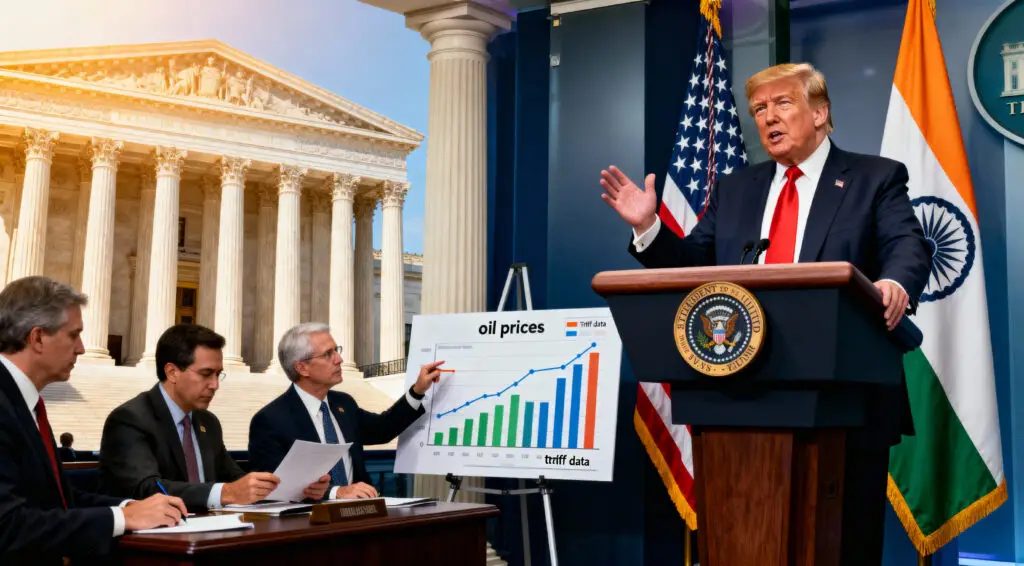Ethereum Linea’s Deepening Commitment to the Ecosystem
The Consensys-developed Linea network is strengthening its ties with the Ethereum layer-1 blockchain. Linea aims to address concerns about layer-2 networks potentially syphoning activity from the Ethereum mainnet. It has announced a groundbreaking commitment to integrate Ether (ETH) burning into its network design. This strategic decision, coupled with details about its upcoming token generation event and airdrop, signifies Linea’s ambition to become the primary “home for ETH capital.” This alignment is not merely technical but also economic, fostering a symbiotic relationship between the layer-2 solution and the foundational blockchain it builds upon. Linea’s move highlights a new era of collaboration in the blockchain space.
Linea Token Generation Event and Airdrop Details
Anticipation is building for the LINEA token generation event, slated for later this year. While an exact date remains unconfirmed, Declan Fox, global product lead for Linea, stated that comprehensive airdrop criteria will be shared about a week before the event. This transparency aims to ensure clarity and fairness for participants. A substantial 85% of the token supply is earmarked for the Linea ecosystem, designed to incentivize active users, developers, and contributors. The remaining 15% will be allocated to the Consensys treasury, subject to a five-year lockup period, ensuring long-term commitment. This allocation strategy underscores Linea’s focus on community growth and network stability.
Innovative Staking and ETH Burning Mechanisms
Linea is introducing novel mechanisms to enhance its economic alignment with Ethereum. A new staking mechanism, expected in October, will allow users to earn rewards even when bridging Ether (ETH) to Linea. This makes bridged ETH productive and usable for various DeFi activities within the layer-2 ecosystem. Joseph Lubin, Consensys founder and CEO, emphasised that Linea’s economics are designed to be as aligned and supportive as its technology. Harvested staking rewards will be distributed across Linea’s DeFi protocols, boosting yield for liquidity providers. This creates a powerful “flywheel” effect, attracting more capital and driving increased transaction volume and deposits.
Beyond staking, Linea commits to a direct contribution to Ethereum’s deflationary mechanism. A significant 20% of all Linea transaction fees will be used to burn ETH, making Linea the first layer-2 to commit to this. This directly supports the value of the underlying Ethereum asset. The remaining 80% of transaction fees will burn LINEA tokens, making them deflationary as well. This dual-burning mechanism highlights Linea’s dedication to a sustainable ecosystem for both ETH and LINEA token holders.
Expanding Market Share and Attracting Liquidity
Linea currently holds a 1.23% share of the rollup-based layer-2 market, with an on-chain value of approximately $513 million, according to L2beat. However, Declan Fox outlined ambitious plans for expansion, aiming to position Linea as “the best chain for ETH capital.” This strategy is timely, given the strong momentum in the Ethereum ecosystem. Fox believes Ether liquidity providers will find “the best risk-adjusted return by bridging liquidity to Linea,” naturally growing the network’s market share.
Linea plans to leverage the extensive Consensys ecosystem and MetaMask’s widespread distribution. This combined force is expected to significantly attract users and builders, encouraging them to establish operations on Linea. By creating an economically attractive and accessible environment, Linea aims to foster a thriving and expanding community. This strategic approach focuses on both financial incentives and broad platform reach.
Building an Ethereum-Aligned Consortium
Further solidifying its commitment to the broader Ethereum ecosystem, Consensys has announced an Ethereum-aligned consortium. This consortium will manage the Ethereum ecosystem fund, directing resources towards initiatives that benefit the entire network. Key members include Consensys, Eigen Labs, ENS Labs, Status, and SharpLink, a gaming firm with an ETH treasury founded by Joseph Lubin.
Joseph Chalom, co-CEO of SharpLink, expressed strong confidence in Linea’s direction, stating, “Linea’s commitment to Ethereum couldn’t be clearer.” He believes the platform’s unique alignment will make it an important part of Ethereum’s future. This collaborative effort among influential players highlights a shared vision for the network’s future, with Linea playing a pivotal role in its ongoing development and expansion. The consortium aims to foster collective growth and innovation.
The Vision for a Productive and Aligned L2 Future
Linea’s comprehensive strategy, encompassing its token generation event, airdrop, innovative staking, and ETH burning mechanisms, paints a clear picture of its ambition. It aims to be a deeply integrated and valuable component of the Ethereum ecosystem. By actively contributing to ETH’s deflationary supply and offering productive avenues for bridged capital, Linea is setting a new standard for layer-2 alignment. This approach seeks to resolve the tension between layer-2 growth and layer-1 sustainability, creating a mutually beneficial relationship. The incoming token launch and subsequent implementation of these mechanisms are poised to attract new users and developers.
Impact on the Broader Layer-2 Landscape
Linea’s bold moves are likely to have a significant ripple effect across the entire layer-2 landscape. By openly addressing the concern of “leeching” activity from the Ethereum mainnet through its ETH burning commitment, Linea challenges other layer-2 solutions. This could foster a more collaborative and less competitive environment among L2s, prioritising the collective health and growth of the Ethereum ecosystem. The success of Linea’s model could serve as a blueprint for future layer-2 development. It emphasises not just scalability and efficiency but also deep economic and philosophical integration with Ethereum.
Read More: Ethereum Mainstream Rise Powering Digital Economy















